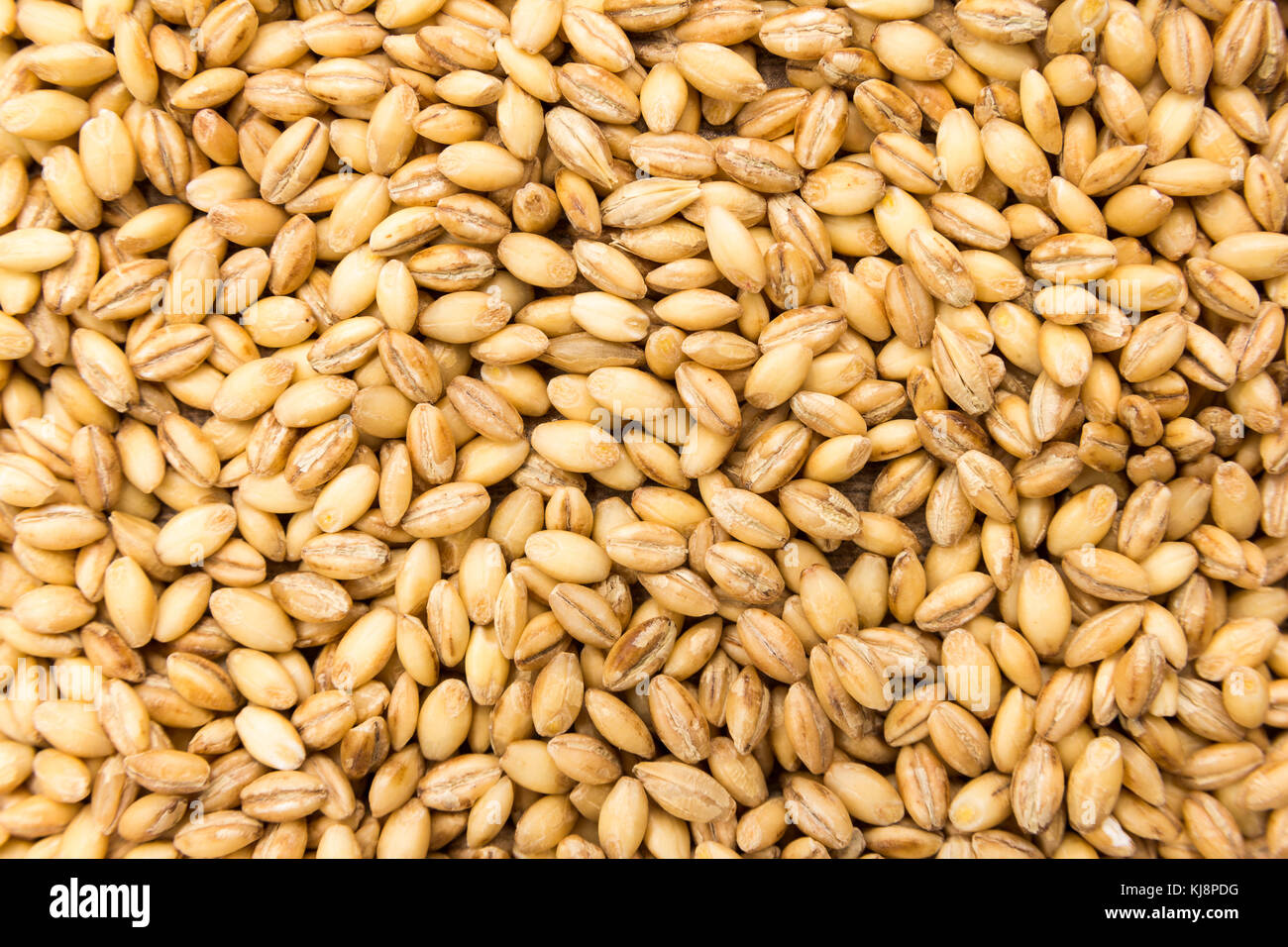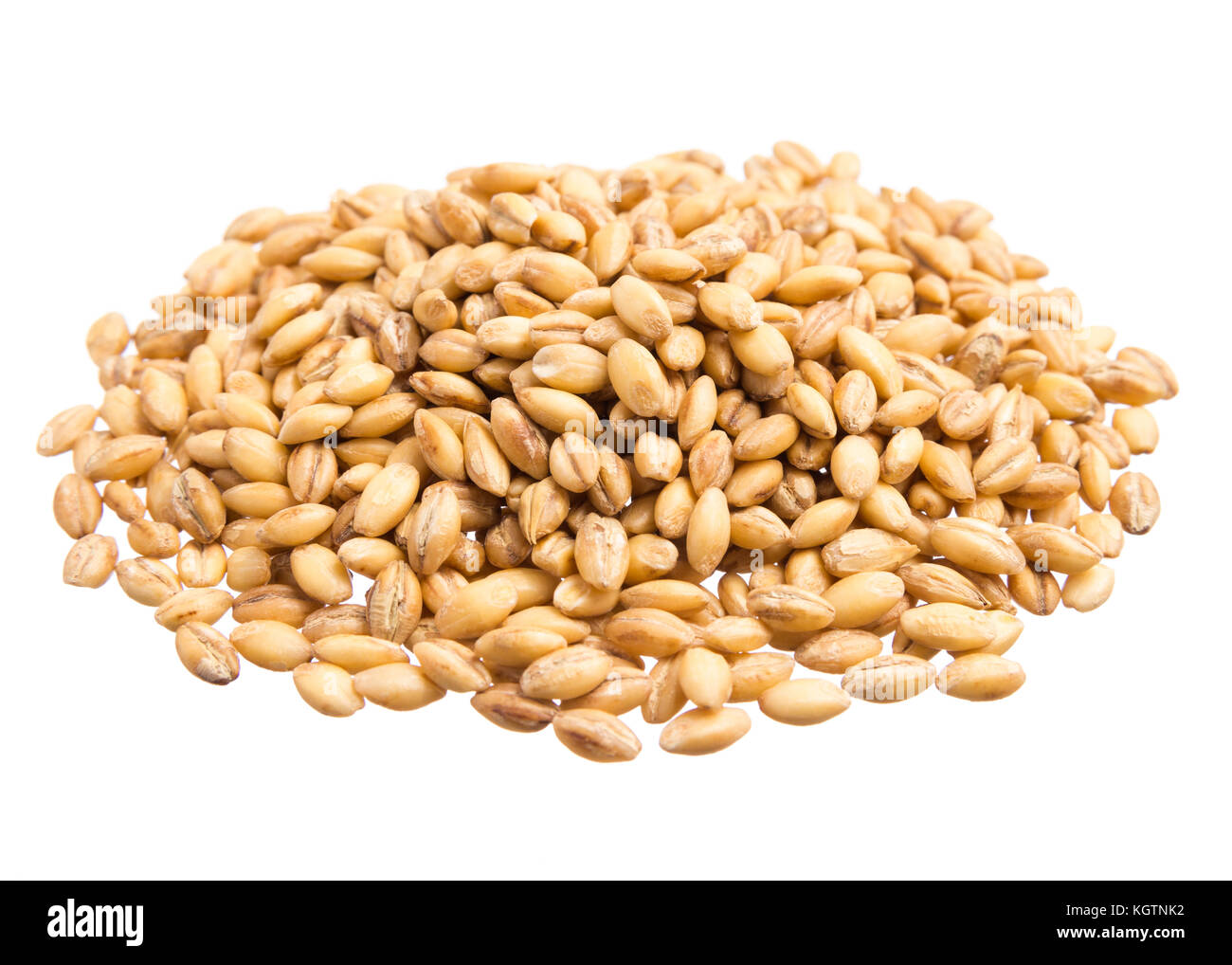Barley in spanish language – Embark on a linguistic journey into the world of barley in Spanish, where we unravel its rich etymology, explore its diverse culinary and cultural significance, and delve into the agricultural practices that sustain its cultivation in Spanish-speaking regions.
From the ancient origins of its name to its widespread use in traditional dishes, barley has played an integral role in the culinary traditions and agricultural landscapes of Spanish-speaking countries. Join us as we delve into the fascinating world of cebada, the Spanish word for barley, and uncover its multifaceted story.
Barley in Spanish Language

Barley, a cereal grain widely cultivated for its starchy endosperm, holds a significant place in the Spanish language. Its Spanish translation, “cebada,” carries a rich history and unique pronunciation.
Etymology, Barley in spanish language
The Spanish word “cebada” traces its origins to the Latin term “hordeum,” which itself is derived from the Proto-Indo-European root “*h₃erǵʰ-,” meaning “barley.” This etymological connection underscores the ancient and widespread cultivation of barley across Europe and beyond.
Pronunciation
The Spanish word “cebada” is pronounced as “seh-BAH-dah.” The stress falls on the second syllable, with the “e” pronounced as in the English word “bet.” The “d” in “cebada” is pronounced with a soft “th” sound, similar to the “th” in the English word “father.”
Usage of Barley in Spanish-Speaking Countries
Barley holds a significant place in the culinary and cultural traditions of Spanish-speaking countries. Its versatility and nutritional value have made it a staple ingredient in various dishes and beverages.
Culinary Uses of Barley
Barley is commonly used in soups, stews, and casseroles. It adds a chewy texture and nutty flavor to these dishes. In Spain, barley is a key ingredient in the traditional paella dish. In Mexico, it is used in soups such as caldo de res (beef soup) and caldo de pollo (chicken soup).
Cultural Significance of Barley
Barley has cultural significance in Spanish-speaking countries. In some regions, it is associated with fertility and prosperity. In Mexico, barley is used to make a traditional drink called atole, which is often served during festivals and celebrations.
Traditional Spanish Dishes with Barley
Some traditional Spanish dishes that incorporate barley include:
Paella
A rice dish with seafood, vegetables, and barley.
Caldo gallego
A Galician soup made with cabbage, potatoes, and barley.
Cocido madrileño
A hearty stew with chickpeas, meat, and barley.
Barley Cultivation in Spanish-Speaking Regions
Barley is widely cultivated in Spanish-speaking regions, primarily due to its adaptability to diverse climates and soil conditions. The main areas of barley production include Spain, Argentina, Mexico, Chile, and Uruguay.
In these regions, barley cultivation benefits from a Mediterranean climate, characterized by hot, dry summers and mild, wet winters. The ideal soil for barley is well-drained and fertile, with a pH range of 6.5 to 7.5.
Agricultural Practices
Barley cultivation in Spanish-speaking regions follows specific agricultural practices to optimize yield and quality. These practices include:
- Land Preparation:The land is plowed and harrowed to create a fine, weed-free seedbed.
- Sowing:Barley is typically sown in the fall or early spring, depending on the region and climate.
- Fertilization:Barley requires adequate fertilization, particularly with nitrogen, phosphorus, and potassium.
- Irrigation:Irrigation is often necessary in arid regions to supplement rainfall and ensure optimal growth.
- Pest and Disease Management:Barley is susceptible to various pests and diseases, which are managed through integrated pest management practices.
- Harvesting:Barley is harvested when the grains reach maturity, typically in the summer months.
Economic Importance of Barley in Spanish-Speaking Countries

Barley is a highly valued cereal crop in Spanish-speaking countries, contributing significantly to their agricultural economies and food security.
Barley serves as a staple food source for both humans and livestock. Its versatility extends to various industries, including brewing, food processing, and animal feed production.
Barley Production and Export
Spain is the leading barley producer in the Spanish-speaking world, followed by Argentina, Mexico, and Chile. These countries account for a substantial share of global barley production.
Barley exports from Spanish-speaking countries play a vital role in the international grain trade. Spain, in particular, is a major exporter of high-quality barley to countries in Europe, North Africa, and the Middle East.
The economic significance of barley in Spanish-speaking countries is evident in its impact on employment, income generation, and foreign exchange earnings.
Outcome Summary

Our exploration of barley in Spanish has illuminated its linguistic, culinary, cultural, and economic significance in Spanish-speaking regions. From its humble beginnings as a staple crop to its modern-day versatility, barley continues to hold a cherished place in the hearts and diets of Spanish-speaking communities worldwide.
As we bid farewell to this linguistic and culinary adventure, we encourage you to continue exploring the diverse world of barley and its unique role in Spanish-speaking cultures. May this journey inspire you to savor the flavors, appreciate the traditions, and embrace the agricultural heritage that surrounds this remarkable grain.
Key Questions Answered: Barley In Spanish Language
What is the Spanish translation for “barley”?
Cebada
How is the Spanish word for “barley” pronounced?
seh-BAH-dah
What are some traditional Spanish dishes that incorporate barley?
Paella, arroz con pollo, sopa de cebada
What are the main Spanish-speaking regions where barley is cultivated?
Spain, Argentina, Mexico, Chile
What is the economic importance of barley in Spanish-speaking countries?
Barley is an important cereal crop used for food, feed, and brewing